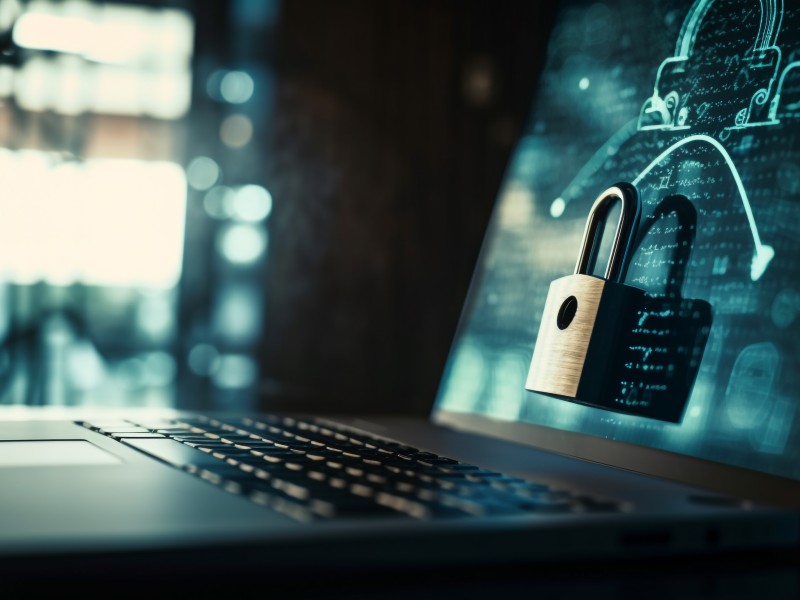Blog
STRENGTHENING YOUR CYBERSECURITY ARMOUR: A Multi-Layered Defence Approach

Understanding the Cybersecurity Landscape
Cybersecurity awareness is paramount as organisations grapple with the relentless onslaught of cyber-attacks. According to recent statistics, the frequency and complexity of cyber-attacks are on the rise, posing significant challenges to businesses across all industries. From phishing scams and ransomware attacks to data breaches resulting from human error, the threat landscape is multifaceted and constantly evolving. These statistics underscore the critical importance of implementing robust security measures to mitigate risks and protect organisational assets.
The Imperative of a Last Layer of Defence
Despite organisations’ best efforts to implement comprehensive cybersecurity measures, the reality is that breaches can still occur. This highlights the importance of having a last layer of defence in place to ensure that critical data remains protected even in the event of a breach. With human error continuing to be a leading cause of data breaches, proactive measures such as security awareness training and multi-factor authentication are essential to mitigate risks effectively. By bolstering their defences with a last layer of protection, organisations can enhance their resilience against cyber threats and minimise the impact of potential breaches.
Exploring the Seven Layers of Cybersecurity Defence
To establish a robust cybersecurity posture, organisations must adopt a multi-layered defence approach that addresses various threat vectors comprehensively. Drawing insights from the seven pivotal layers of cybersecurity, as outlined in recent articles, businesses can implement a holistic strategy to fortify their defences. These layers include:
1. Human Layer
Educating employees and users about cybersecurity best practices to prevent human error and mitigate the risk of phishing attacks.
2. Perimeter Security Layer
Implementing firewalls, intrusion detection systems, and virtual private networks (VPNs) to control incoming and outgoing network traffic and create a barrier between internal and external networks.
3. Network Layer
Employing secure protocols, network segmentation, and anti-malware solutions to protect communication between devices and prevent unauthorised access.
4. Application Security Layer
Ensuring secure coding practices, regular security scanning, and the use of web application firewalls (WAFs) to safeguard software and prevent vulnerabilities.
5. Endpoint Security Layer
Securing individual devices such as computers, smartphones, and tablets with antivirus programmes, endpoint detection and response (EDR) solutions, and robust access controls.
6. Data Security Layer
Protecting sensitive data through encryption, backup solutions, and access controls to maintain confidentiality, integrity, and availability.
7. Mission-Critical Assets
Safeguarding essential assets crucial to business operations with layered defences, including firewalls, intrusion detection and prevention systems, and regular security updates and patches.
The Role of a Layered Defence Strategy
A multi-layered defence strategy ensures that organisations have multiple barriers in place to thwart cyber threats effectively. By incorporating security measures across each layer, businesses can create a resilient security posture that mitigates risks and safeguards critical assets. In the face of evolving cyber threats, a proactive and layered defence strategy is essential to protect organisational data and maintain business continuity.
In conclusion, the adoption of a multi-layered defence approach is paramount in strengthening organisational cybersecurity defences. By understanding the evolving threat landscape and implementing comprehensive security measures across various layers, businesses can mitigate risks, protect sensitive data, and bolster their resilience against cyber threats. In today’s digital age, a proactive and layered defence strategy is not just an option but a necessity to safeguard organisational assets and maintain trust and confidence in an increasingly interconnected world.


